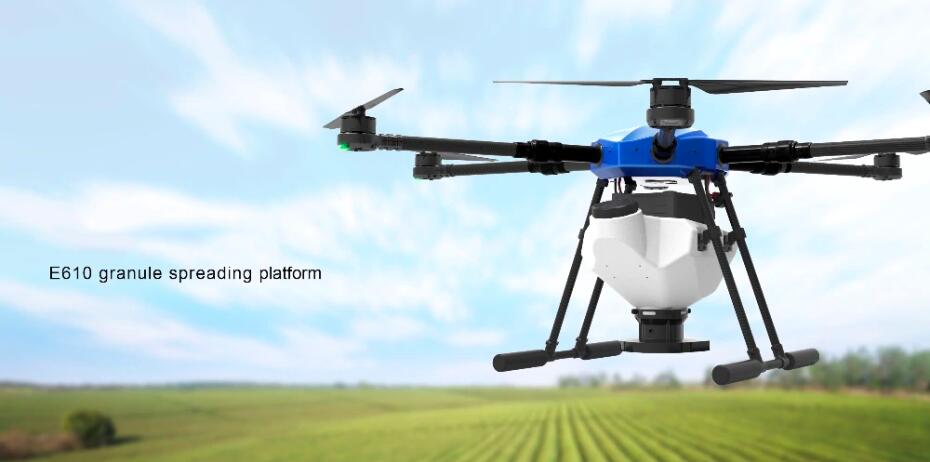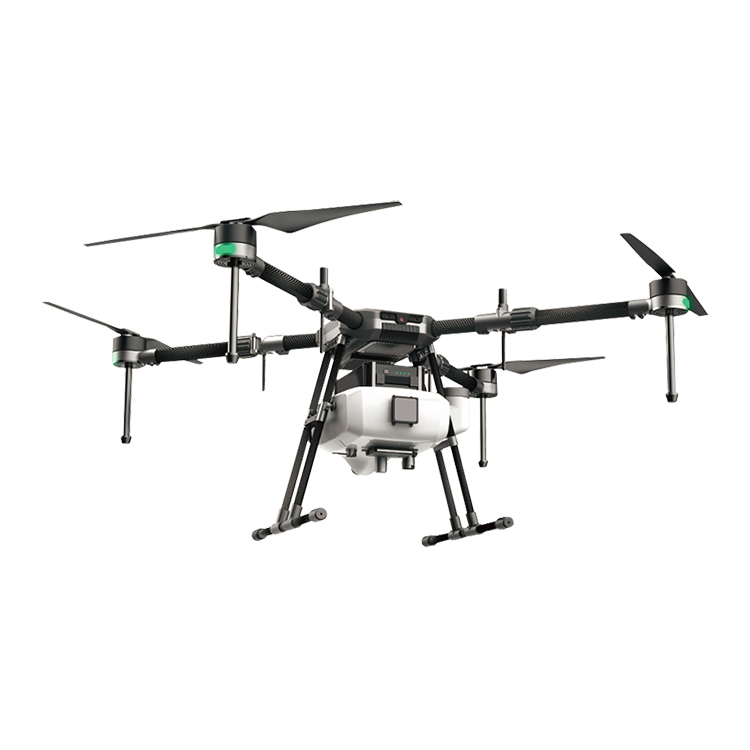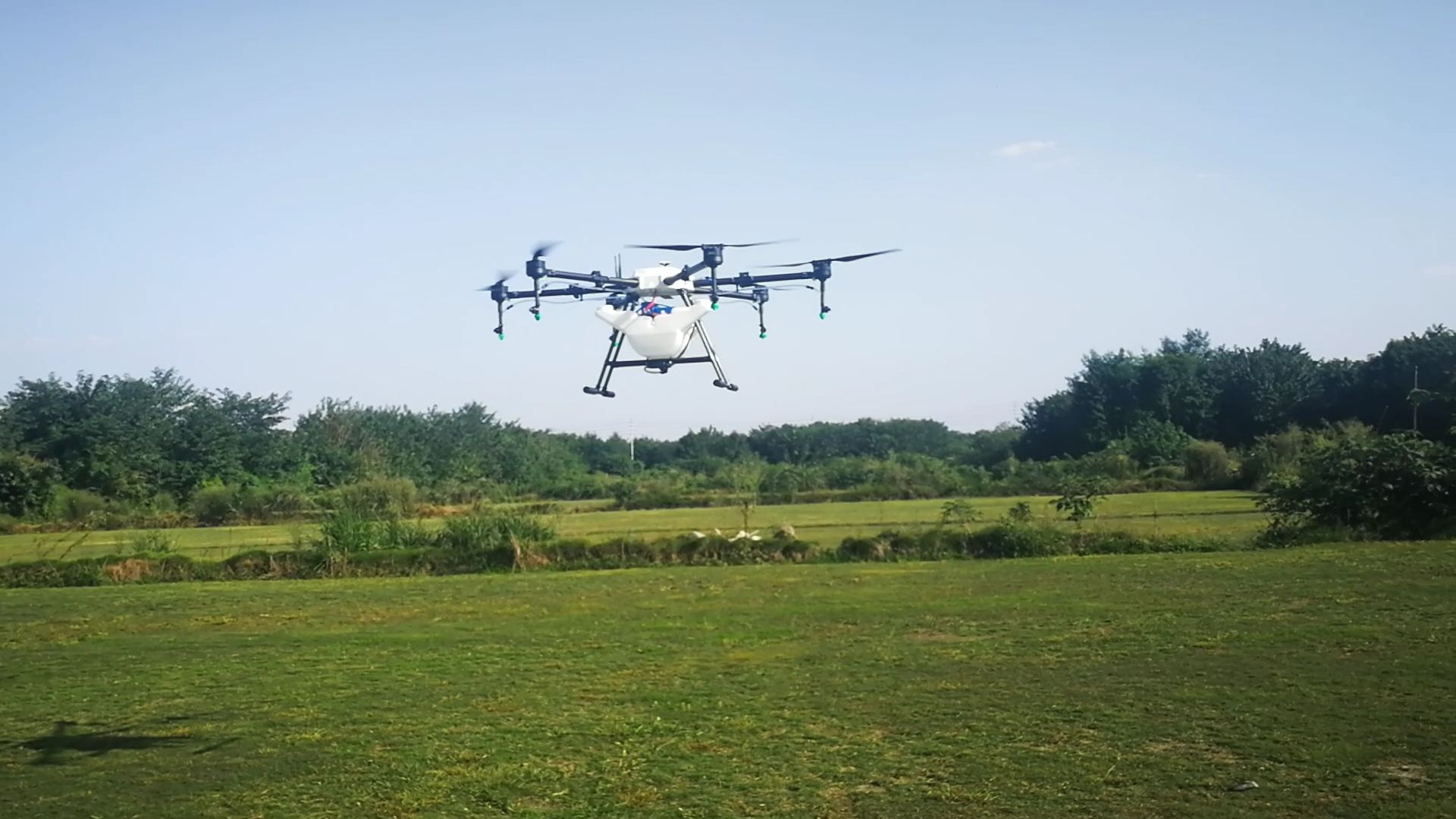How Drone Tech. Can Be Leveraged in Agriculture
It’s no mystery that agriculture technology, or AgTech, has the ability to impact the world for decades to come. With population growth growing at an increasing rate, maximized productivity and optimization of land space in agriculture is becoming especially important. This is where AgTech comes in.
Some advancements in the agriculture tech space include hyperspectral imaging, big data, and machine learning to help farmers make better decisions in crop management. However, what many people don’t know about is what drone technology can do in agriculture ! How will flying drones change agriculture?
Planting Seeds
With current advancements in drone technology, they’ve been able to decrease seed planting costs significantly. FlyDragon
FD-E610 with new Tech to planting seed for farmer in agriculture.
This method of seed planting is almost 10 times faster than humans and can potentially decrease overall costs by half. Utilizing drones to begin new crops is especially beneficial in locations where it might be particularly difficult for farmers to plant seeds in.

Spraying Pesticides
By using a series of different distance-measure/imaging equipment like LiDAR, with new technology, drones easily effectively avoid obstacles during their flights.
Tools like sensors that use ultrasonic echoing and LiDAR allow drones to avoid running into obstacles around them during flight.it’s now feasible for drones to fly at low enough altitudes to spray pesticides and target particular sections of a field to distribute it accordingly. farmers can now target exactly which crops need pesticides and how much needs to be sprayed while the drones actually spray them.
Flydragon FDXD-4R-10L agriculture spraying drone can replace the traditional pesticide sprayer and it's speed is 40times of the traditional sprayer. It will save 90% water and 30%-40% pesticide. Small droplet diameter make the pesticide more well-distribute and improve the effect. At the same time, it will make the people faraway from the pesticide and reduce the pesticide remain of the crop.

Overall Analysis of Crop Fields
Agriculture is one industry where the importance of big data isn’t emphasized enough. Using hyperspectral imaging technology, farmers can attain incredibly useful information that would help them maximize their operations. drones can help farmers do the following: assess crop health, spot fungal infections on trees, locate growth bottlenecks, locate poor irrigation, and gather general information on environmental conditions. With such a diverse range of actionable information available at a farmer’s disposal, they can make informed decisions based on concrete data.

Ongoing Monitoring
For farmers managing extremely large sections of land, Keeping track of every square meter of land simply is very difficult in the past. Fortunately, drones help change that. The ongoing monitoring that drones bring to the table help give farmers updated information on exactly what’s happening on their land.
It’s only a matter of time until it’s an industry standard to integrate drones in agriculture. With the growing information age, the time is perfect for drones, coupled with imaging technology like hyperspectral imaging, to come in and change the farming industry.




